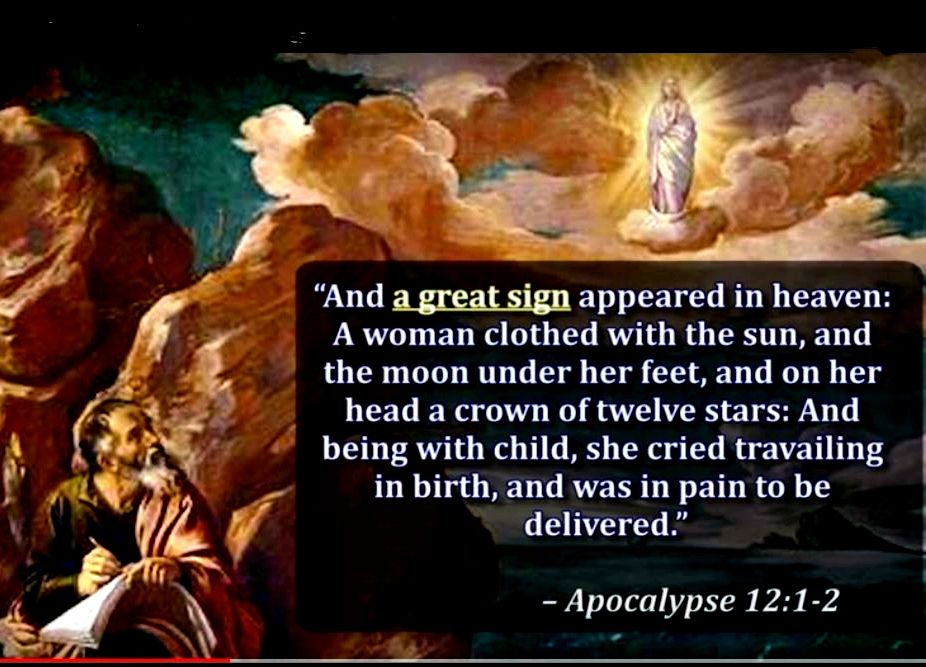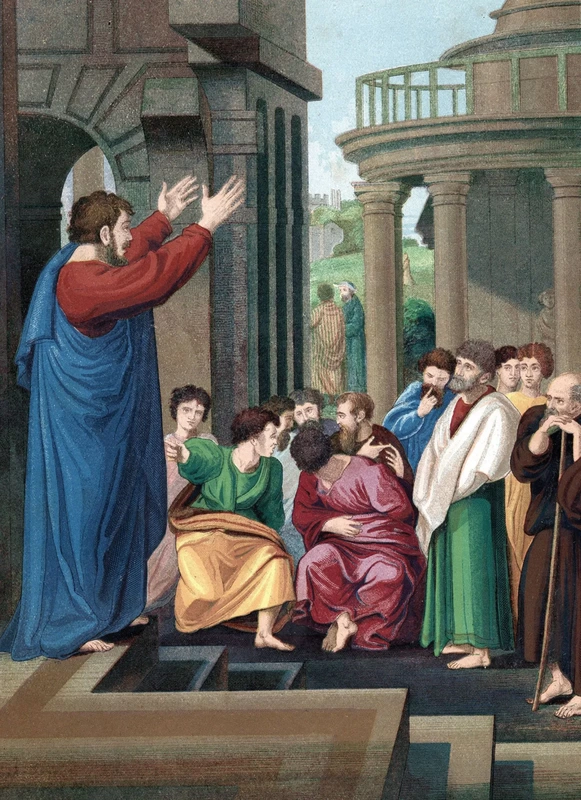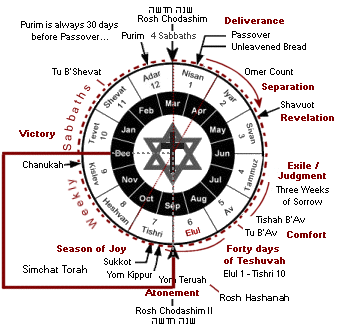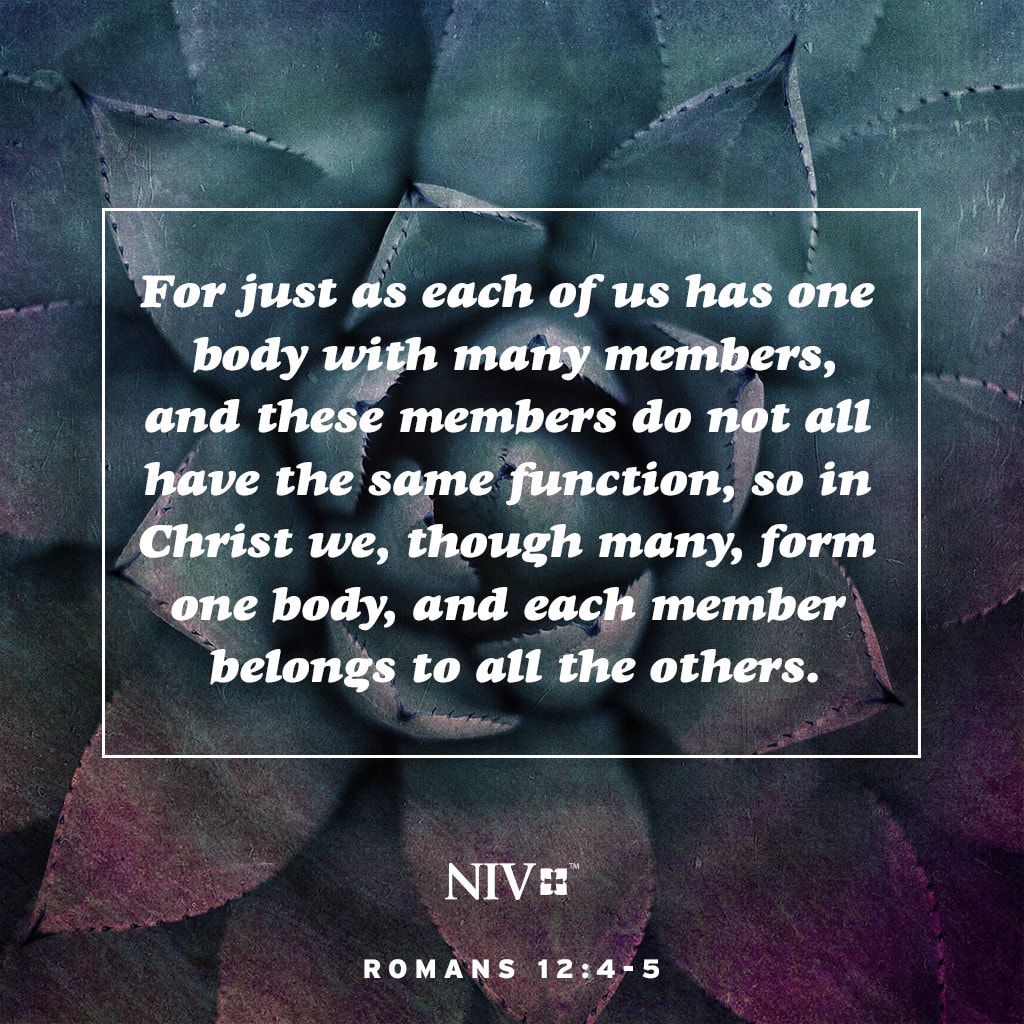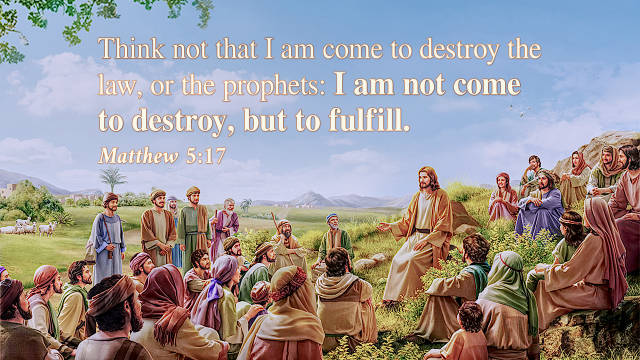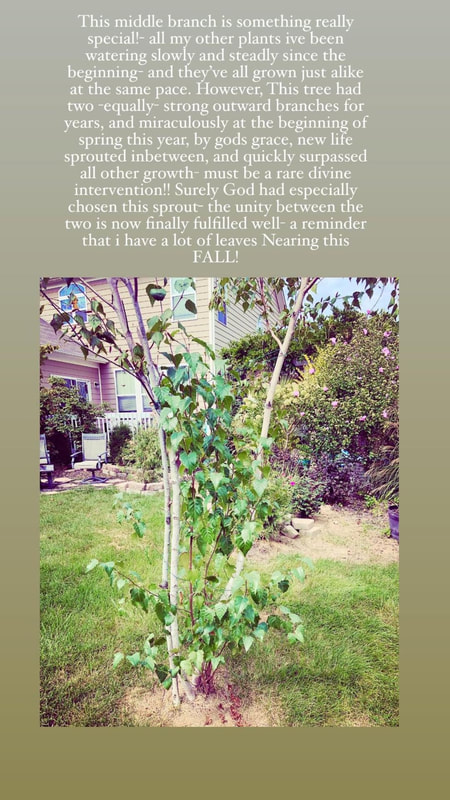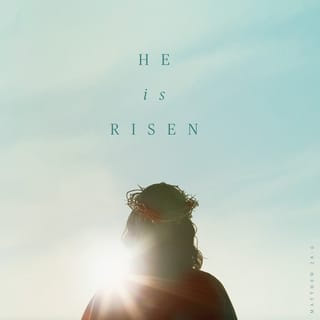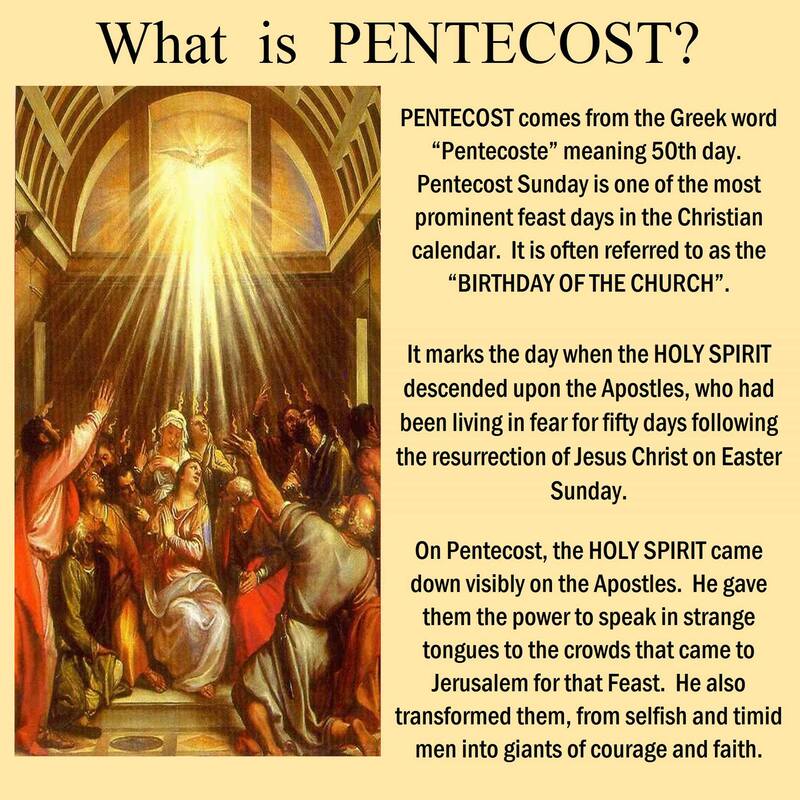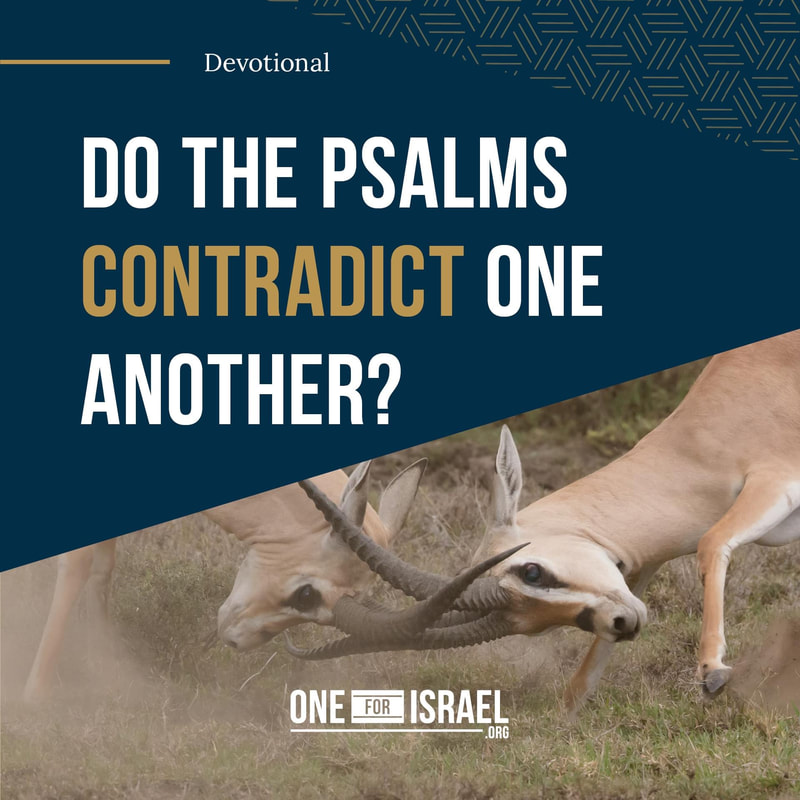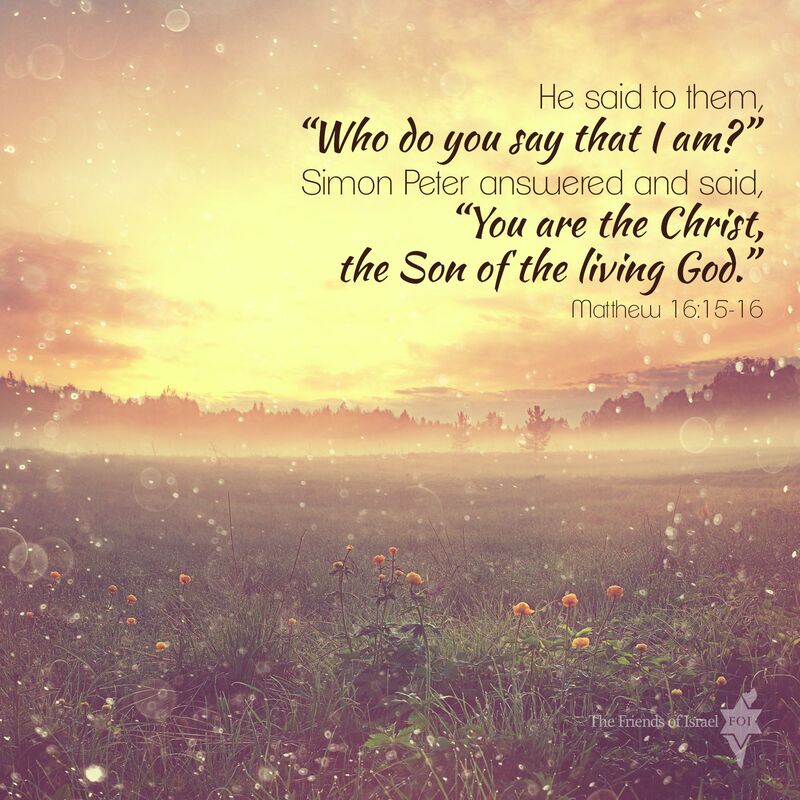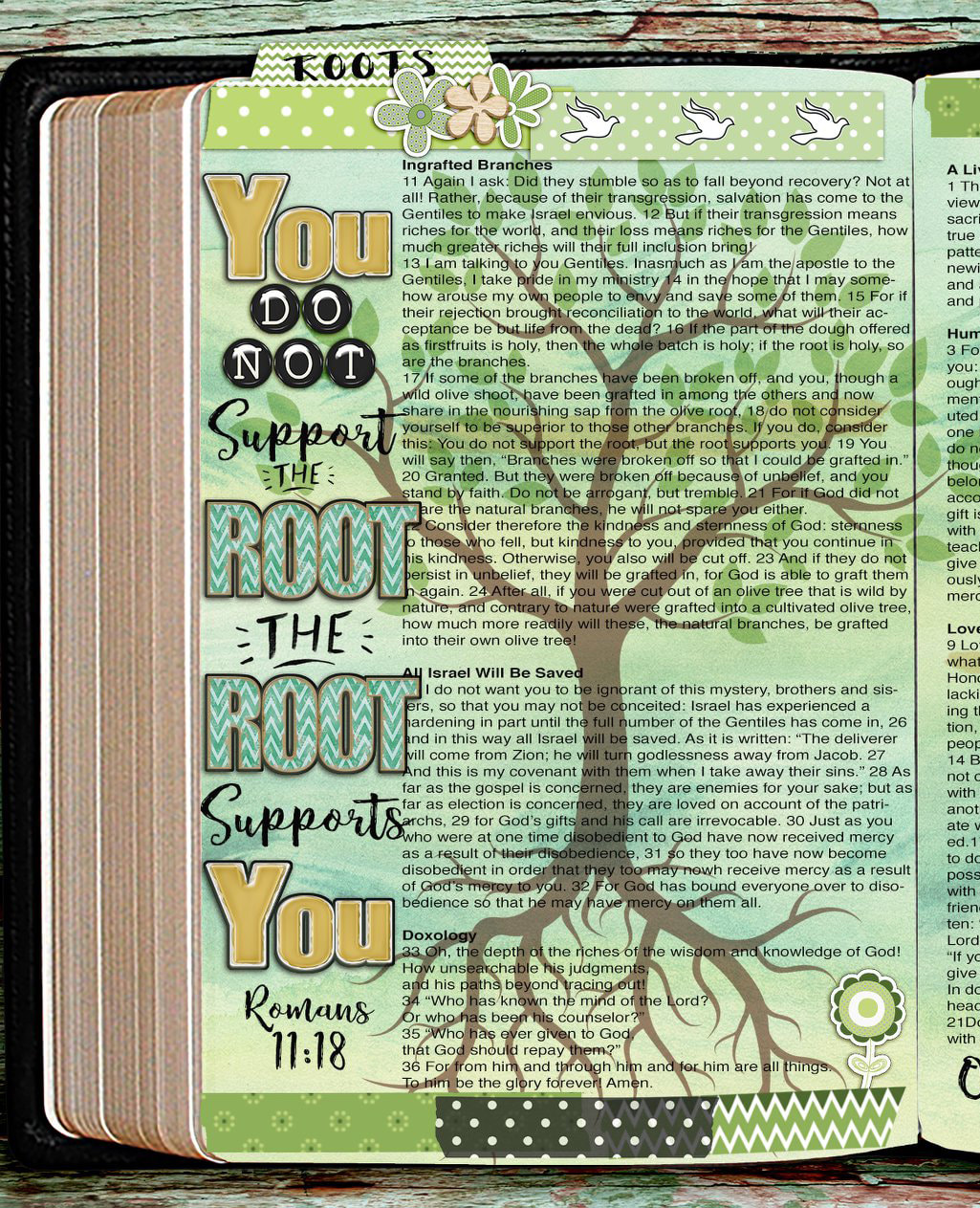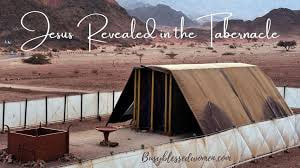
Ash Wednesday
February 22, 2023
Preparing believer's hearts to
celebrate Christ's
finished work and Resurrection
Lent is frequently observed as a
time of preparation for remembering the
death and resurrection
of
Jesus at Easter
From the start of Lent on Ash Wednesday
till Lent ends on Easter Sunday,
Lent gives us time
to
prepare our minds and hearts
for
remembering the life, death, and
resurrection of Jesus
Lent is a time when
Christians separate from the world;
when we find out
our faith
is not just
a feel-good, self-help religion
but
one that answers
the
deepest questions
of
life and eternity
Those who journey
through the Lenten season
will enter the Easter season
with an
increased appreciation for
who God is
and
what
He has done for us
And the
joy of Resurrection
and the
promises of eternity
will
not be soon forgotten
Lent begins with Ash Wednesday and is always
46 days before Easter Sunday
Lent is a 40-day season (not counting Sundays)
marked by repentance, fasting, reflection, and
ultimately
celebration
The 40-day period
represents
Christ’s time of temptation in the wilderness,
where he fasted and where Satan tempted him.
Preparing for the resurrection
is a season
of focus
on
Christ’s life, ministry, sacrifice,
and
resurrection
Lent began as a way for Catholics to
remind themselves of the
value
of repentance
The austerity of the Lenten season was seen as similar to how people in the Old Testament fasted and repented in sackcloth and ashes
(Esther 4:1-3; Jeremiah 6:26; Daniel 9:3).
However,
over the centuries Lenten observances have
developed a much more
"sacramental"
value
Many believe that giving something up for Lent
is
a way to attain God’s blessing.
But the Bible teaches
that
grace cannot be earned;
grace is
"the gift of righteousness”
(Romans 5:17).
Also, Jesus taught that fasting should be done discreetly:
But when you fast, put oil on your head and wash your face,
so that it will not be obvious to men that you are fasting,
but only to your Father, who is unseen”
(Matthew 6:16-18).
Lent should not be a time of trying
to earn God’s favor or increasing His love.
God’s love for us could
not be
any greater than it
already is
The key event
of Lent include Ash Wednesday, Maundy Thursday,
Good Friday, and Easter Sunday.
At the start of Lent on Ash Wednesday, many Christians get a
cross on their
foreheads
from the ashes during a church service.
The ashes symbolize
grief and the acceptance
of
our sinful state.
Maundy Thursday is recognized as the day before Jesus is crucified. It is believed to be the day Jesus celebrated Passover with his disciples and most notably, washed their feet as a display of humility and love.
Good Friday is the day we remember the crucifixion and death of Jesus on the cross. It is called "good" because it it is part of God's plan for our salvation. God's good plan to redeem us from sin included the suffering of Jesus.
Easter Sunday is the often referred to as the most important day in Christian history. Three days after his death, we celebrate the resurrection of Jesus Christ. Jesus rose again, conquering the grace and death. Through Jesus, we have the opportunity to have eternal forgiveness for our sins, relationship with God, and eternity in heaven.
Just as we set aside time to
spiritually prepare
for Christmas Day, it makes sense to set aside time
to prepare for the two most important days of the Christian year -
Good Friday and Easter
Lent is a time that offers us an opportunity
to come to terms with the
human condition
we may spend the rest of the year running from,
bringing our
need
for a Savior to the forefront
Lent is a time to
open the doors
of our
hearts a little wider
and
understand our Lord a little deeper
so that when Good Friday and Easter come,
it is not just another day at church
but an
opportunity to receive
the
overflowing graces God has to offer
The Lenten season developed as part of the historical
Christian calendar
and is typically celebrated by
Catholics and some mainline Protestant churches
that
follow a liturgical calendar.
Although its format has varied throughout
the
centuries and throughout different cultures,
the
basic concept remains the same:
to
open our hearts
to
God's refining grace
through
prayer, confession, fasting, and almsgiving
as we anticipate
Holy Week
Lent traditionally lasts forty days and ends on
Good Friday.
In the Western Church, Lent officially begins with a
reminder of our mortality
on Ash Wednesday.
This is an opportunity to contemplate
what our Lord really did for us on the Cross -
and it wasn't pretty.
But ultimately, the
purpose
of Lent does
not stop at sadness and despair -
it points us
to the hope of the
Resurrection
and
the day
when
every tear will be dried!
(Rev. 21:4).
You can benefit from celebrating Lent
even if your church does not formally do so.
Here are some of the key elements of the Lenten season and
some of the symbolism that comes with it.
Many of these practices can be
celebrated
both individually and as a community:
- Purple: Like Advent, the official color for Lent is purple. Usually, churches that celebrate Lent choose the deepest, darkest shade of purple for this special season. They may also strip their churches bare of some of the usual decorations adorning the walls. Purple is the color of repentance for sins and also symbolizes the state of our souls outside the light of Christ. During this time, pray for those who do not know Christ and for those who have sinned gravely against Him.
- Confession: As mentioned above, Lent is a penitential season or expressed sorrow and repentance... The 40 days are set aside to examine areas of recurring sin in our lives that prevent us from conforming to God's Will. An excellent way to start an examination of conscience is by praying Psalm 139, verses 23-24: "Search me, O God, and know my heart; test me and know my thoughts. See if there is any wicked way in me, and lead me in the way everlasting."
- Fasting and Prayer: Fasting is a practice that has really gone by the wayside in many Christian circles. Yet, if done correctly, it can be a powerful time to renew your relationship with God. Fasting can be found in both the Old Testament and the New, with Moses (Exodus 34:28; Deuteronomy 9:9,18 ), Elijah (1 Kings 19:8), and our Lord (Matthew 4:2) all participating in 40-day fasts. Fasting is a way of denying ourselves the excesses of life so that we might be more attuned to the Lord's voice. It is also a way of disciplining yourself, strengthening your "spiritual muscles" so to speak so that when temptations arise in life, you are already used to saying "no" to your desires. And finally, fasting is also a way of participating, in a small way, in the sufferings of Christ and can be particularly powerful when accompanied by prayer and confession.
- Meditating on Christ's Sacrifice for Mankind: In addition to periodic fasting and prayer, our scriptural meditations typically turn to the salvation offered to us through Christ's suffering. Read Old Testament Scriptures prophesying the suffering of Christ and the New Testament Gospel accounts.
- Charity/Almsgiving: A very important element of the Lenten season is becoming aware of not only the suffering and sacrifice of Christ but also to the suffering of others. Between now and Good Friday, choose one way you can increase your giving to those in need. It could be through extra financial offerings, donating goods you no longer need or use to charity, or increasing your personal time commitment to a ministry or cause close to your heart.
Philippians 3:10-11 - "I want to know Christ, yes, to know the power of his resurrection and participate in his sufferings, becoming like him in death, and so, somehow, attaining to the resurrection from the dead.
Joel 2:12-14 - "Even now," declares the Lord, "return to me with all your heart, with fasting and weeping and mourning. Rend your heart and not your garments. Return to the Lord your God, for he is gracious and compassionate.
1 Peter 5:6 - Humble yourselves, therefore, under the mighty hand of God so that at the proper time he may exalt you
Galatians 2:20 "I have been crucified with Christ; it is no longer I who live, but Christ lives in me; and the life which I now live in the flesh I live by faith in the Son of God, who loved me and gave Himself for me."
No verse more clearly summarizes what Jesus has done than Paul’s testimony in Galatians 2:20. No verse more clearly frames what each of us should declare at this sacred moment than Paul’s words that we can affirm for ourselves.
“I have been crucified with” is actually one word in the original text of the New Testament; and it is the verb around which this verse is built. This verb is sustauroo - a verb found five times in the New Testament and which literally means "to crucify alone with." To better understand this verb we must notice its three inspired grammatical parts. When you classify a Greek verb you state the tense, the voice, and the mood. Sustauroo translated “I have been crucified with” is a perfect tense, passive voice, indicative mood verb.
The perfect tense in Greek describes an action
which is viewed as having
been completed in the past,
once and for all,
not needing to be repeated.
We all know one very famous usage of the perfect tense.
Christ's last cry from the cross,
TETELESTAI!
('It is finished!”)
is a good example of the perfect tense used in this sense,
namely “It [the atonement] has been accomplished,
completely, once and for all time.”
So, here in Galatians 2:20 Paul uses the perfect tense to first say,
"I have been crucified
alone with
Christ”
The passive voice represents the subject as
being the recipient of
the action
That adds to the meaning as Paul using the passive voice says
“someone else crucified me,
I didn’t do it myself.”
The indicative mood is a simple statement of fact.
If an action really occurs
or
has occurred or will occur,
it
will be
rendered in the indicative mood.
Paul’s use of the indicative mood adds
the meaning that
"this really happened to me,
it is not hypothetical or fanciful thing -
it is a fact.”
So, if we use all the truth of the grammar taken together,
Paul says,
"What I am telling you is a fact
(indicative mood).
I have actually
already been crucified by God
with Jesus Christ
(perfect tense).
God crucified me and I didn’t do it myself;
it happened and was completed
in the past,
once and for all,
and never needs repeating
So, when Paul says Christ was crucified,
he says that Christ crucified him also.
And if you understand the doctrine of
our union with Christ from
God's Word
that means that every single one of us were also
crucified that day with Jesus Christ.
We need to believe and
grow by faith
to understand that Christ's crucifixion was mine also!
In an incredible way that
only
God can accomplish
and explain--
each of us here who are believers-
-died at the same time as Jesus almost 2,000 years ago.
We have already died once in a
real,
spiritually
powerful way in Christ
Though all of us may look quite alive,
the truth is
20 centuries ago,
we were hanging on the Cross
with Jesus Christ.
When He died, we died.
“I am crucified with Christ...”
- It means “What I am telling you is a fact, I have actually already been crucified by God with Jesus Christ; God crucified me and I didn’t do it myself; it happened and was completed in the past, once and for all, and never needs repeating…”
- All my sins past, present, and future were placed upon Him back then two thousand years ago on the Cross of Calvary.
John 3:16-17 shows us that God came to rescue a condemned world because of his love, so that whoever believes will be rescued.
“For God so loved the world that he gave his one and only Son, that whoever believes in him shall not perish but have eternal life. For God did not send his Son into the world to condemn the world, but to save the world through him.”
What Did Jesus Experience on the Cross?Artists and poets have speculated over the centuries about hell (consider Dante’s “Inferno”), but the clearest revelation of hell is given at the cross.
The Apostle’s Creed
affirms that
Christ
descended into hell.
While this has often been taken to
refer to a
journey Christ made after his death,
the
Reformers understood it to refer to
what
Christ experienced
in the
hours of darkness
when he bore our sins
and
became our sacrifice
Hell has six dimensions and
Christ experienced all of them on the cross.
1. He was in conscious suffering. Jesus experienced great physical suffering—the scourging, the nailing and the mocking—all at the hands of men. He felt in his body all the pain of torture and crucifixion. Hell is a place of “weeping and gnashing of teeth” (Luke 13:28; Matthew 13:50), and Jesus entered into all of its pains and torments when he was suffering on the cross.
2. He was in blackest darkness. “From the sixth hour [midday] until the ninth hour [3 in the afternoon], darkness came over all the land” (Matthew 27:45). The sudden darkness tells us that something entirely new was happening. Up to this point it had all been about physical suffering. Now Jesus was entering into the heart of his atoning work as our sin-bearer, drinking the cup of God’s wrath.
3. He was surrounded by demonic powers. Scripture speaks of these dark forces when it tells us that “having disarmed the powers and authorities, he made a public spectacle of them, triumphing over them by the cross,” (Colossians 2:15). A full picture of this conflict has not been given to us, but we can be sure that the demonic powers were present at Calvary, adding their taunts and venom to the human hatred that was poured out on Christ.
4. He was bearing sin. 1 Peter 2:24 says, “He himself bore our sins in his body on the tree.” God made him who had no sin to be sin for us (2 Corinthians 5:21). In the darkness, the Lord laid on Jesus the iniquity of us all (Isaiah 53:6). To be our sin-bearer, Christ received in himself the hell that our sins deserve. Klass Schilder says God was “directly sending the torments of hell against the Christ.” This is the deepest mystery in the darkness of the cross.
5. He was under judgment. Jesus endured hell on the cross because hell is the punishment for sin. All that hell is, he experienced right there during these hours of darkness in which he bore our sin and endured our punishment. The wrath of God was poured out on him, and he became the propitiation for our sins (Romans 3:25, 1 John 2:2).
6. He was separated from the knowledge of God’s love of God. This abandoning of Christ meant that the love the Son had enjoyed with his Father for all eternity was now beyond his reach. It also meant that the terrors of the Father’s judgment were poured out on the Savior. 2 Thessalonians 1:9 says that “those who do not obey the gospel of our Lord Jesus…will suffer the punishment of eternal destruction, away from the presence of the Lord and from the glory of his might.”
Hell is conscious suffering
in blackest darkness, surrounded by demonic powers.
It is bearing the guilt of your sin
and coming under the righteous judgment of God.
But the hell of hell for the sinner
will be to know that there is a God of love
and that he or she could have known this is love,
but that now it is beyond their reach.
What was the cross about?
Why did Christ have to suffer?
Why the darkness? Why the forsakenness?
These things happened because there is Divine wrath,
there is judgment and there is hell.
All of this was poured out on Jesus,
and
he absorbed it in himself to
save us from it.
“Whatsoever was done to Christ…
shall be done
to all
that are out[side] of him.”
That is as plain a statement as you can get,
and it is faithful to the Scriptures.
It is why every person
must
come to Jesus Christ and be in him,
because we cannot be
saved without him.
And when He walked
out of that Tomb early Sunday morning--
each of us
also walked out with Him!
When He died—we died;
when He was buried—we were buried;
and when He rose--
we rose
That truth
should course through the
heart and mind
of every
believer in Christ
That is why HOLY week is the
most special week
in the entire world for
all of us in Christ.
That is why we are to
spend time pondering
Christ and His Cross,
remembering His death for us,
His burial for us, and His Resurrection
for us.
He is our life, our hope, and our
salvation.
Genesis 2:7 teaches that
God created Adam from the dust of the earth:
“The Lord God formed a man from the
dust of the earth
and breathed into his nostrils the
breath of life,
and the man became a living being.”
After Adam sinned, God informed him that he
will toil the earth his entire life.
It will be frustrating and difficult.
Ultimately
Adam’s lifelong work would end in death, and
he would
return back to the dust
from which
he was created.
Death was the final consequence of
Adam’s choice to sin.
In Genesis 3:19, God tells Adam,
“For dust you are, and to dust you
shall return”
Earlier, in making Adam, God used the “dust of the ground”
to form his body and “breathed into his nostrils the breath of life,
and the man became a living being” (Genesis 2:7).
But, in making Eve, God did not go back to the dust;
He used one of Adam’s ribs to form the woman.
When she was brought to
Adam, the man said,
“This is now bone of my bones
and flesh of my flesh;
she shall be called ‘woman,’
for she was taken out of man” (verse 23).
God used Adam’s rib to form Eve—He used existing tissue
and did not “start from scratch"
to show that Adam and Eve were of the same substance;
she was made from the same “stuff” and was a
bearer of God’s image and likeness, just as Adam was
(see Genesis 1:27).
The woman made of Adam’s rib was designed to be a
companion and “helper suitable” for Adam (Genesis 2:18).
Eve, formed from a physical part of Adam, was truly his complement,
an integral part of who he was. As such, she was a perfect companion.
God formed each element of creation
with His word
He said it, and it was.
Humanity is made from a combination of the earth and
the life-giving breath of God Himself.
The glory of God is found in His breath in us,
while being made from the dust of the earth is a
reminder of our lowliness and dependence on Him.
God’s declaration to Adam that “to dust you shall return”
is final and gave Adam a continual awareness
that one day he would
die physically.
The curse of death that came to Adam was
imparted to all humans who have lived since.
Because of Adam, sin entered the world
(Romans 5:12),
all were condemned because of sin (verse 18),
and death came to all humanity (verse 15; 1 Corinthians 15:22).
All people are sinners (Romans 5:19)
and will one day die and face judgment before God (Hebrews 9:27).
The reality that “to dust you shall return” is for everyone.
For those who trust in Christ,
though,
the curse of death will be overcome
(Ephesians 2:1–10).
Rather than fear death,
believers have the assurance of eternity that
fuels the way we live.
Peter urges believers to remember that we are pilgrims and sojourners,
and as such we are “to abstain from sinful desires,
which wage war against your soul” (1 Peter 2:11).
The certainty that “to dust you shall return” should
humble us to seek and follow God.
Our time on earth
is short compared to eternity
Paul calls our bodies “earthly tents”
in 2 Corinthians 5:1.
This world is not our permanent home,
and our bodies are destined to return to dust.
On earth we groan and are burdened.
Yet resurrection and eternity with God in a heavenly dwelling are promised to those who belong to Christ
(2 Corinthians 5:4).
We cannot be so entangled in the affairs
of this world that
we miss out on
what matters eternally.
James also reminds believers,
“What is your life?
You are a mist that
appears for a little while and then vanishes”
(James 4:14).
We are called to be Christ’s ambassadors,
sharing the gospel
with others and urging them to be reconciled with God (2 Corinthians 5:20). In light of the brevity of life, we should take account of how we live.
Instead of living for ourselves, we should live for God and do good (James 4:16–17). “To dust you shall return” should impact how
we live and what our lives are about.
As pioneer missionary C. T. Studd penned,
“Only one life, ’twill soon be past,
Only what’s done for Christ will last.”
God’s declaration to Adam that
“to dust you shall return” still rings true for every person today.
We all come from dust,
and we will all return back to it.
May we live our lives for
His glory,
in obedience to Him and telling others
of the
hope we have in Christ.



 RSS Feed
RSS Feed











